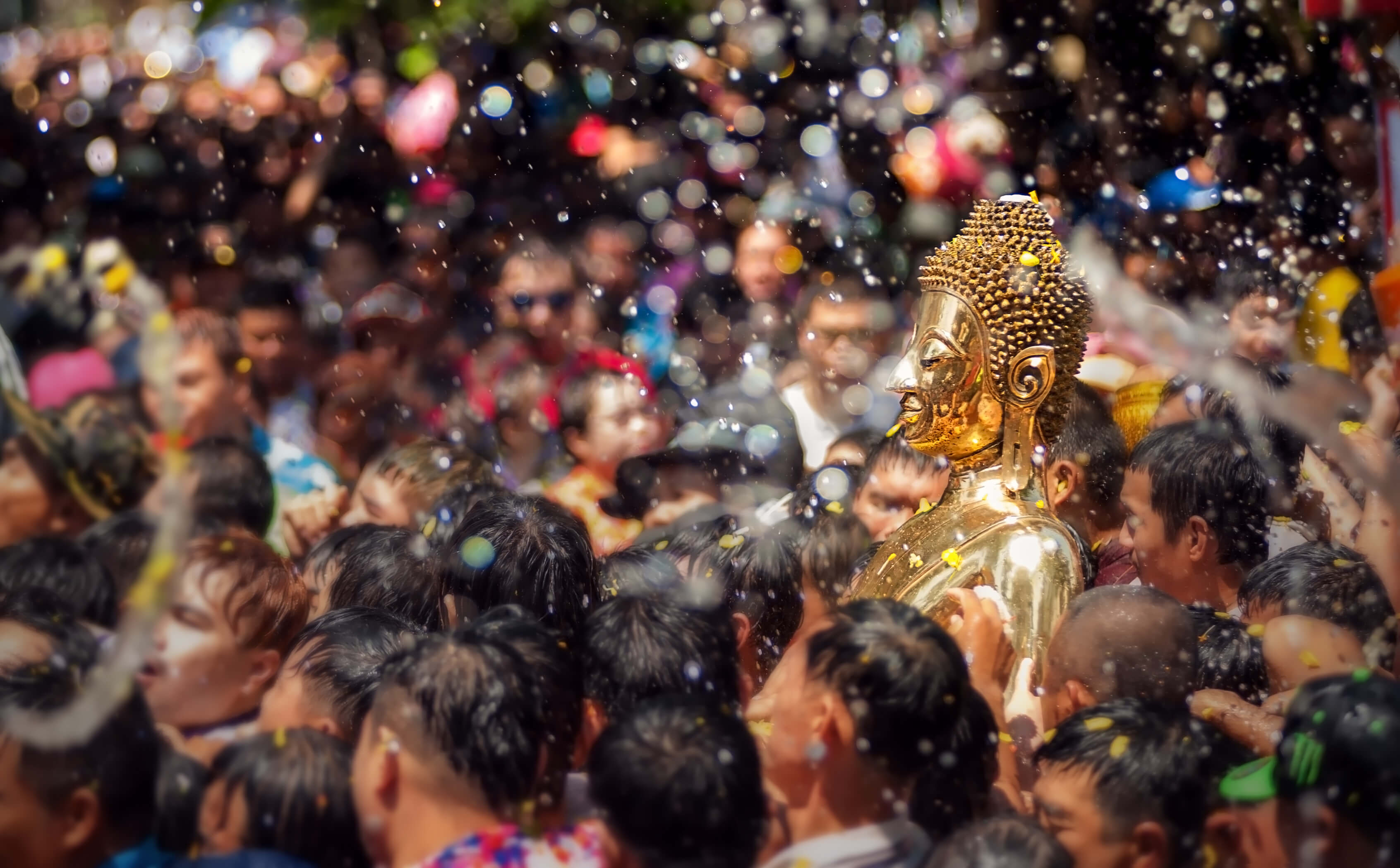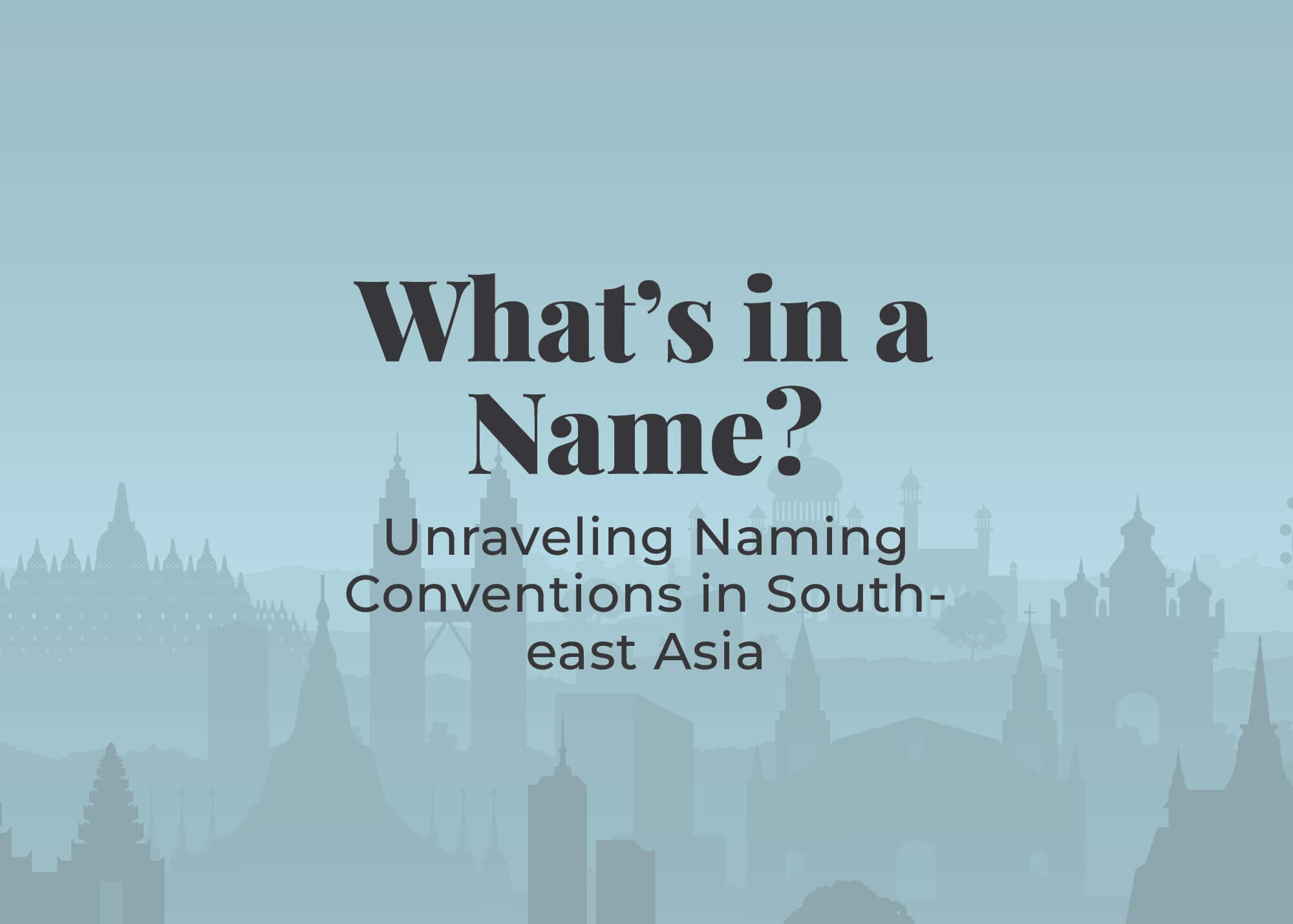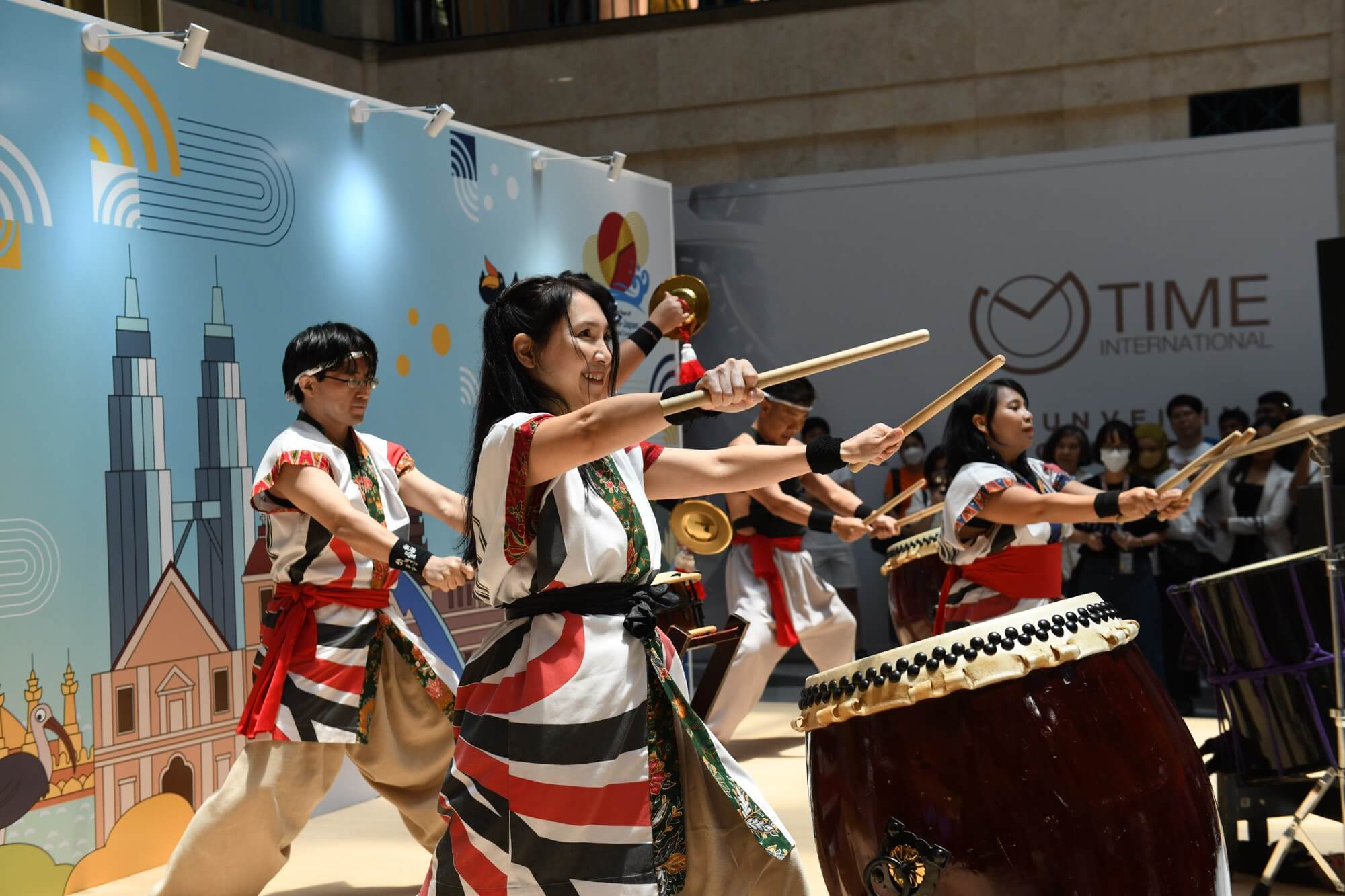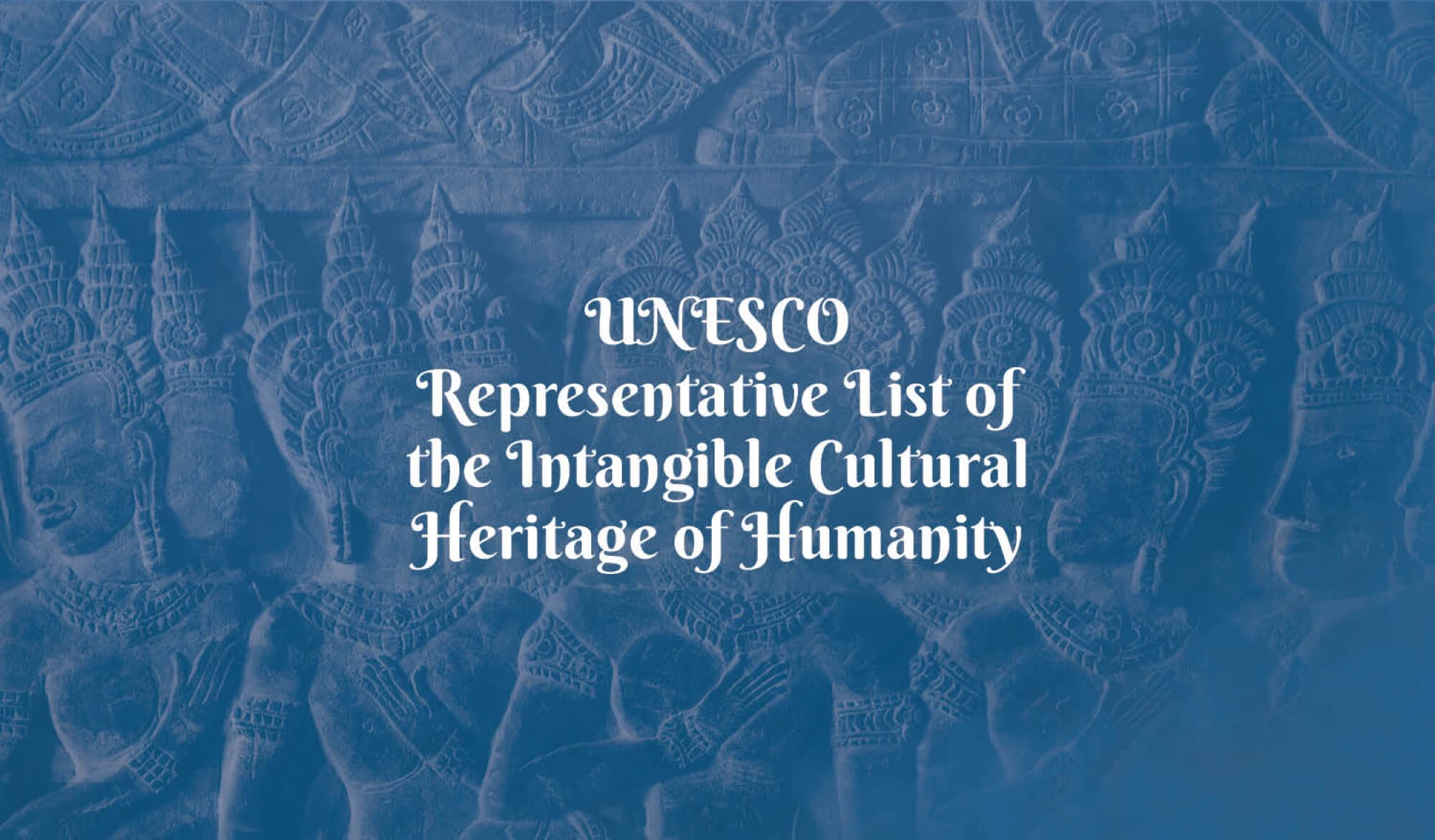
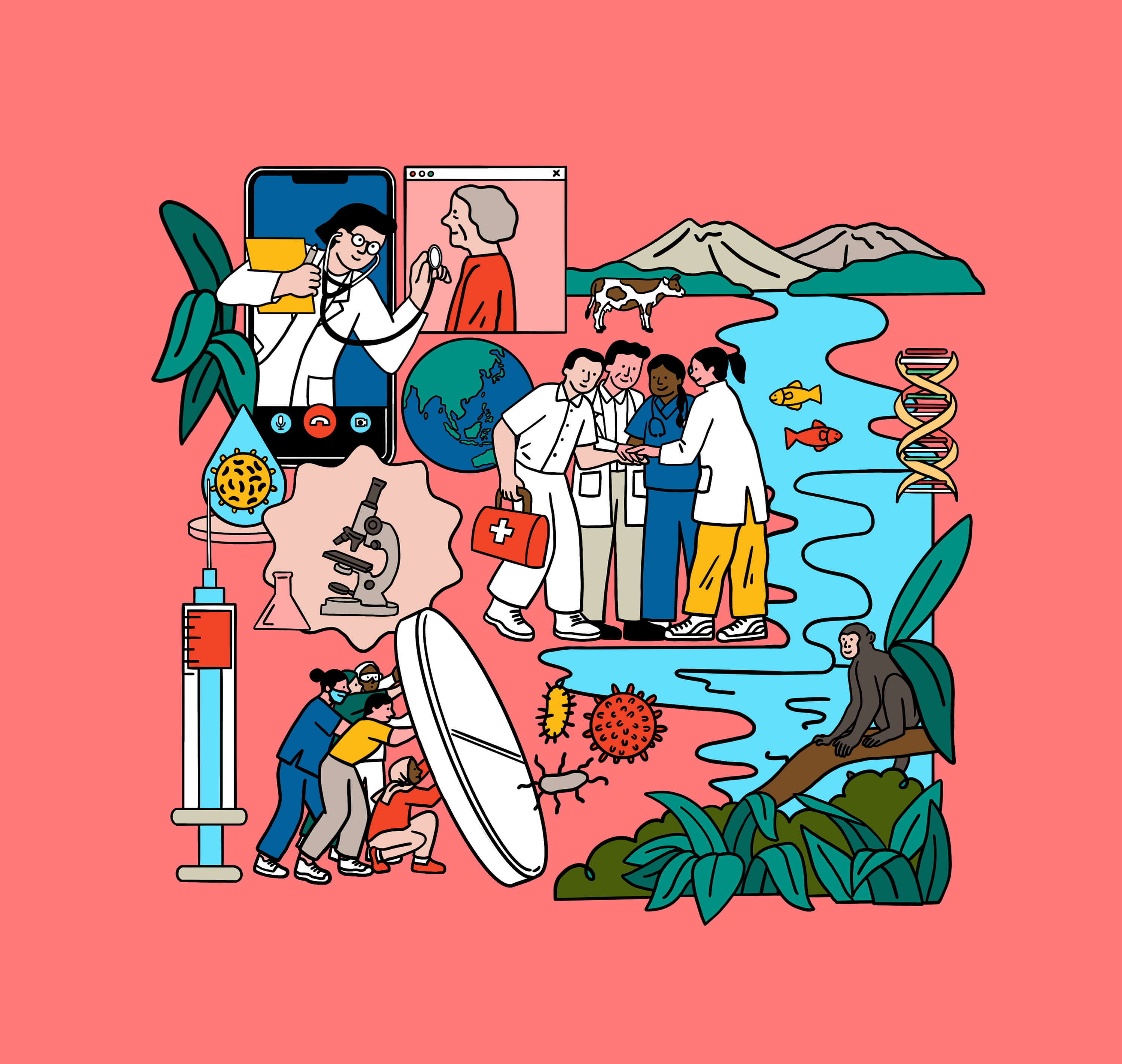


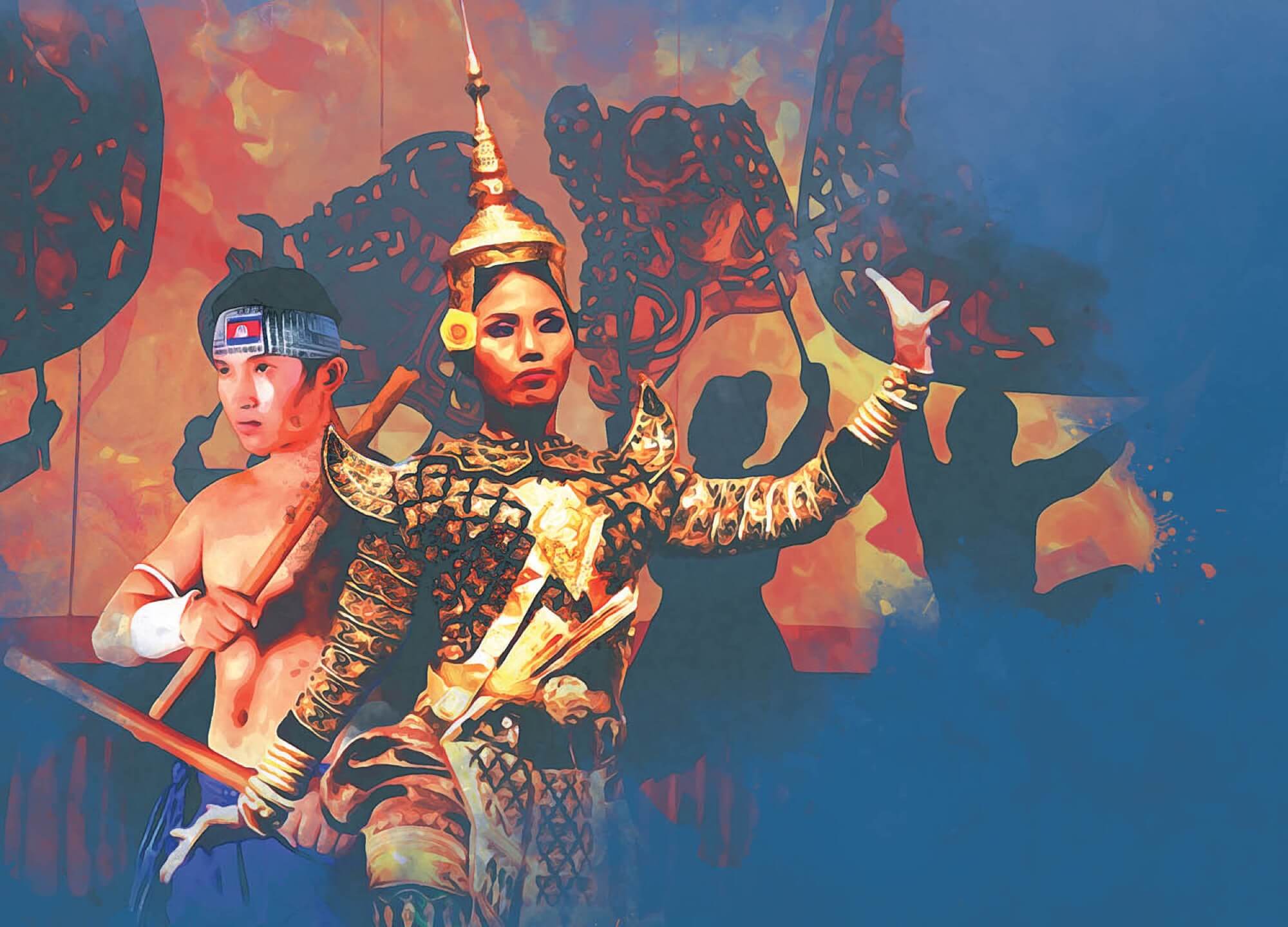
Cambodia
- Kun Lbokator
This traditional martial art form aims at developing one’s mental and physical strength, and building discipline through self-defence techniques and a philosophy of non-violence.
- Royal ballet of Cambodia
Also known as Khmer classical dance is known for its elegant hand gestures and elaborate costumes. It is performed during royal ceremonies and events, including coronations, marriages, funerals, and Khmer holidays.
- Sbek Thom, Khmer shadow theatre
The theatre features two-meter-high leather openwork puppets, initially dedicated to divinities on specific occasions but later transformed into an artistic form.
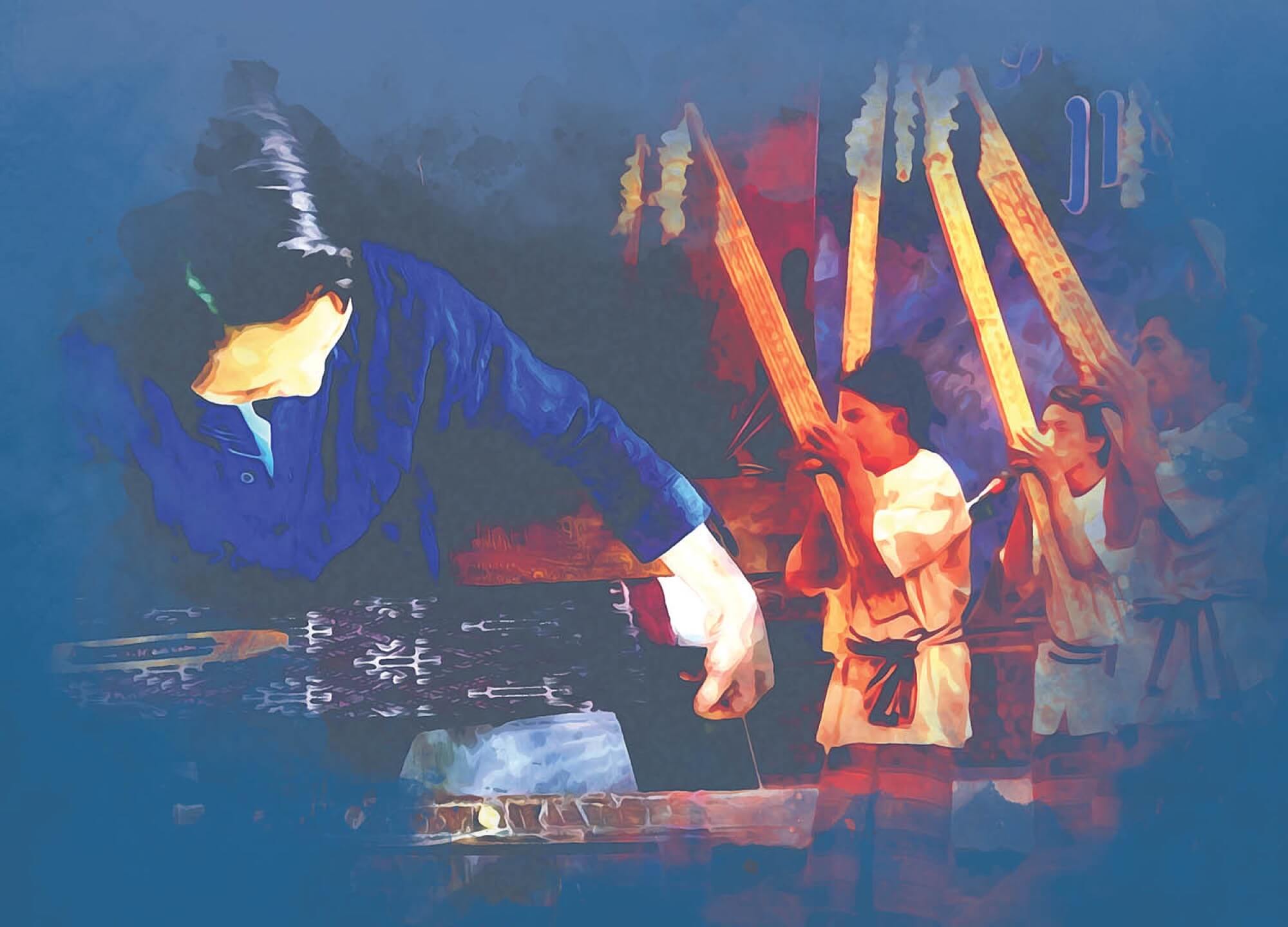
Lao PDR
- Traditional craft of Naga motif weaving in Lao communities
The intricate Naga motifs are hand woven into silk, silk organza, or cotton textiles using a traditional wooden loom, rooted in the belief of Lao communities that the Naga are ancestors who watch over them.
- Khaen music of the Lao people
Khaen, a bamboo mouth organ with varying-length tubes, is played during village festivals, fostering active participation from listeners while promoting family and social cohesion.
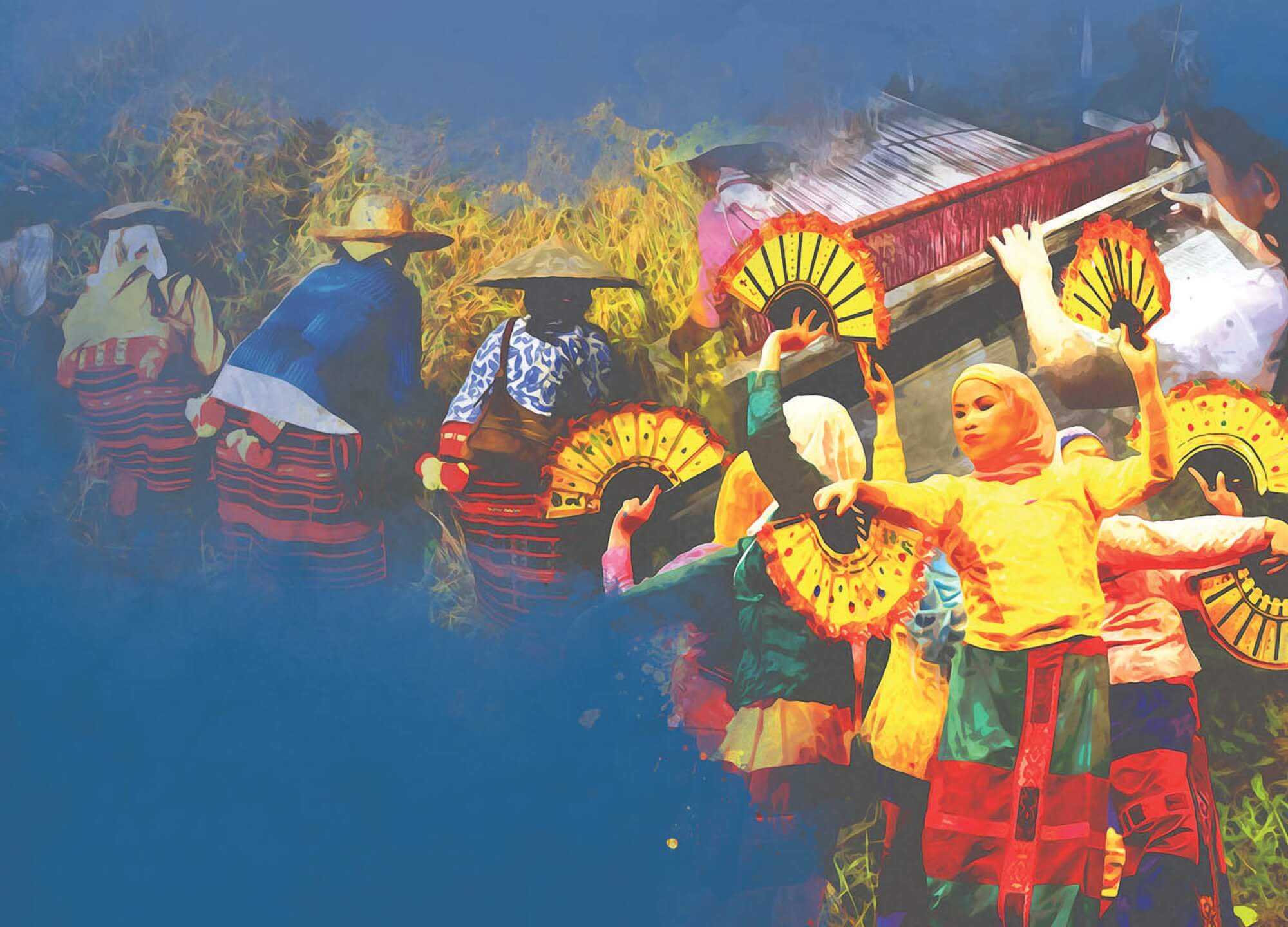
Philippines
- Darangen epic of the Maranao people of Lake Lanao
Darangen is an ancient epic song of the Maranao people from the Mindanao region that celebrates their history and mythical heroes while exploring themes of life, death, courtship, love, and politics.
- Hudhud chants of the Ifugao
Hudhud consists of narrative chants performed by the Ifugao community during rice-sowing season, harvest time, and funerals.
- Aklan piña handloom weaving
Piña, a delicate and silky textile crafted from pineapple leaf fibers, is intricately woven using a handloom and traditionally used in making a formal attire like the barong tagalog.
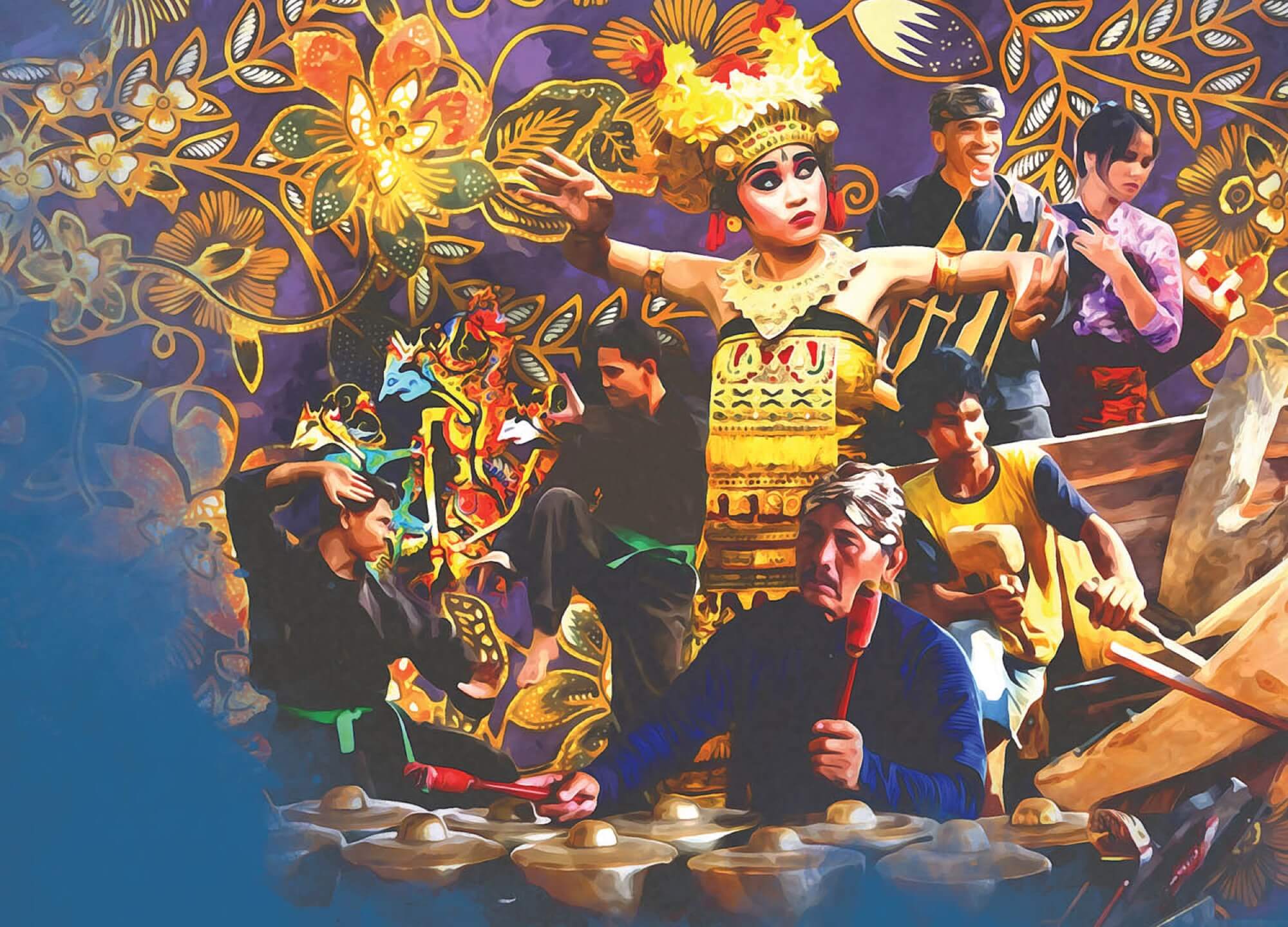
Indonesia
- Gamelan
Gamelan music is performed by a traditional Indonesian percussion orchestra using hand-forged metal instruments including xylophones, gongs, drums, cymbals, and bamboo flutes.
- Traditions of pencak silat
Pencak silat is a group of martial arts that incorporates mental-spiritual, self-defence, and artistic elements, with moves influenced by various art forms and a unity of body and movement.
- Indonesian kris
The kris is a dagger characterised by narrow blades with a wide base and adorned sheaths, worn by both men and women, and serves everyday ceremonial purposes.
- Pinisi, the art of boatbuilding in South Sulawesi
Pinisi includes the rig and sail of the renowned Sulawesi schooner, representing a millennia-old tradition of Austronesian boatbuilding and navigation.
- Indonesian angklung
Angklung is an Indonesian musical instrument with two to four bamboo tubes suspended in a bamboo frame. It is played by shaking or tapping to produce notes, typically during rice planting and harvesting ceremonies.
- Indonesian batik
The Indonesian batik refers to hand-dyed cotton and silk garments adorned with rich patterns that reflect various influences and serve diverse purposes from infancy to everyday wear and other special occasions.
- Three genres of traditional dance in Bali
Traditional Balinese dance encompasses three genres—sacred, semi-sacred, and for community enjoyment. Male and female dancers, adorned in vibrant costumes with gold floral and faunal motifs, along with gold-leafed and jewelled accessories, perform this dance.
- Jamu wellness culture
Jamu is a form of herbal medicine and treatment practised in Indonesia since the eighth century, based on the belief of creating a harmonious balance between hot and cold elements within the body.
- Wayang puppet theatre
This ancient form of storytelling features three-dimensional wooden puppets and flat leather shadow puppets, both manipulated by a master puppeteer. It is accompanied by singers and musicians playing complex melodies on bronze instruments and gamelan drums.
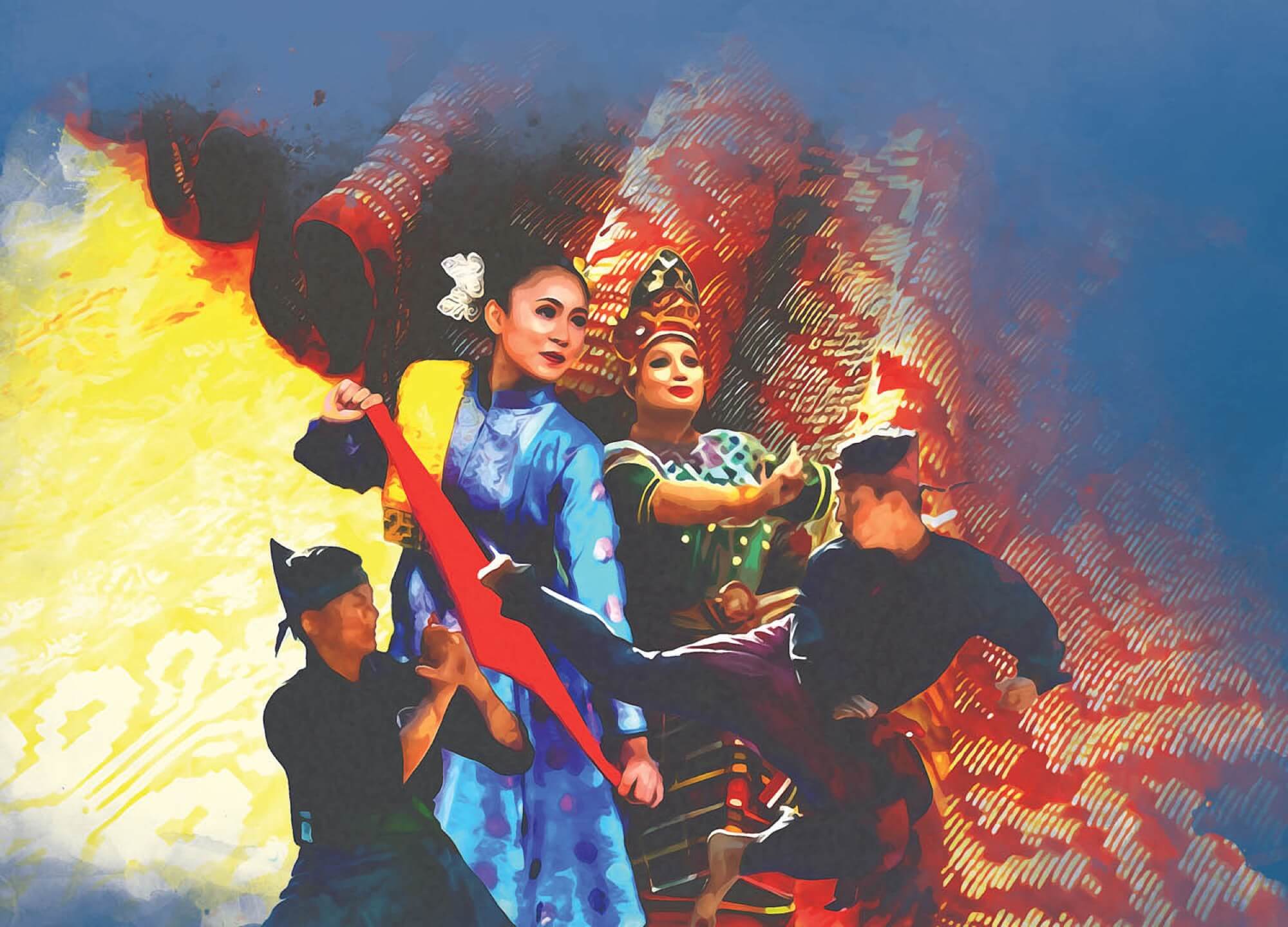
Malaysia
- Songket
Songket is a traditional Malaysian handwoven fabric crafted by women using a decorative technique, inserting gold or silver thread between the base threads on a traditional floor loom.
- Ong Chun/Wangchuan/ Wangkang ceremony, rituals, and related practices
The ceremony involves seaside gatherings to welcome Ong Yah, a deity believed to protect people and their lands from disasters to temples or clan halls.
- Silat
A combative self-defence and survival art with more than 150 known styles inspired by human anatomy, nature, and animals and originally practised by warriors for justice.
- Dondang Sayang
Dondang Sayang, is a traditional Malay art practised by four communities in Melaka which combines music, songs, and chants, historically performed at Royal Palace ceremonies during the 15th century.
- Mak Yong theatre
Mak Yong is an ancient theatre form that combines acting, vocal and instrumental music, and gestures to tell stories from Malay folk tales.
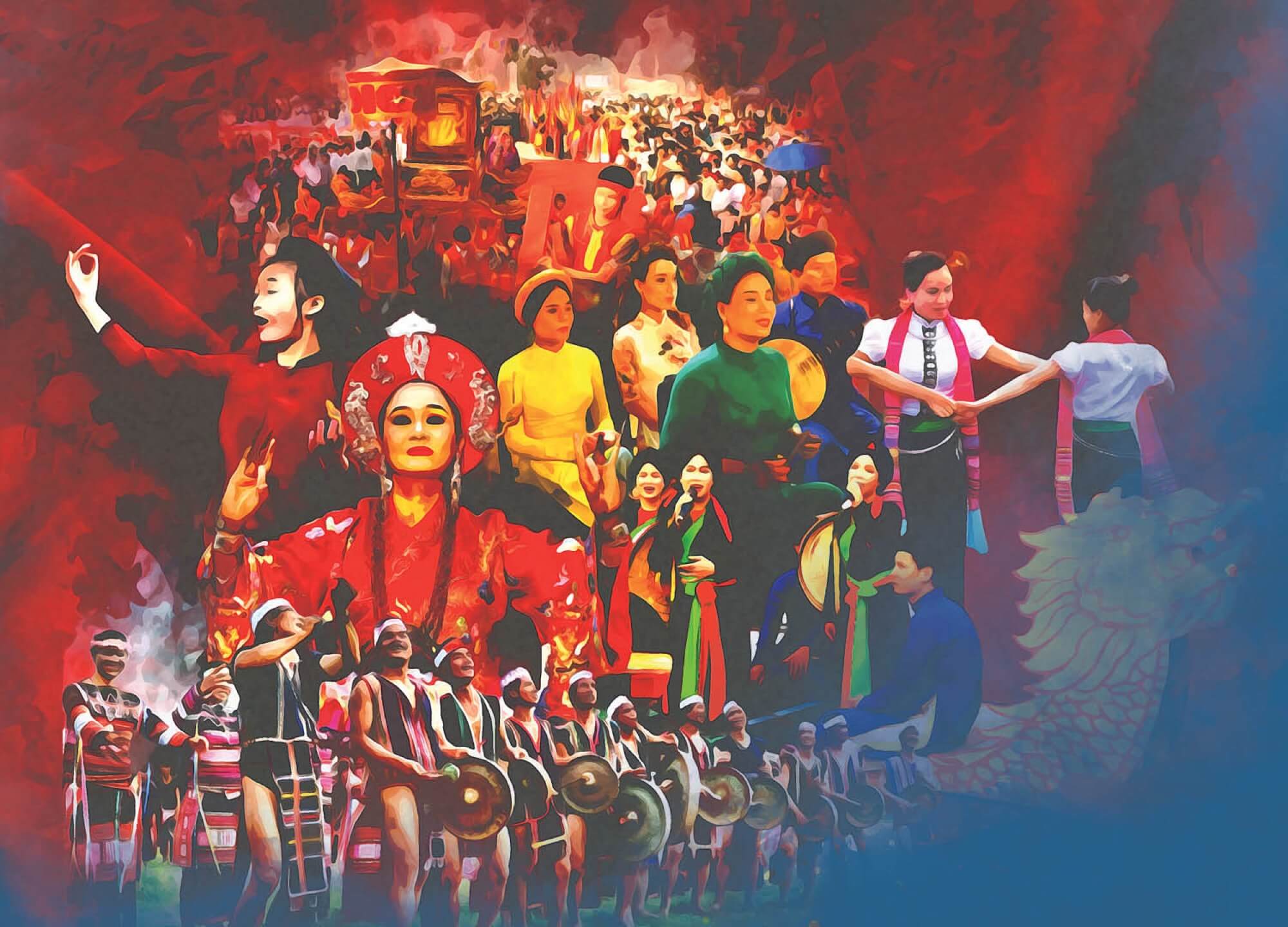
Viet Nam
- Art of Xòe dance of the Tai people in Viet Nam
Xòe is a form of Vietnamese dance with movements that symbolise human activities in ritual, culture, life, and work, typically performed at rituals, weddings, village festivals, and community events.
- Practices related to the Viet beliefs in the Mother Goddesses of Three Realms
The traditional practice involves daily worship and participation in ceremonies and rituals dedicated to the Mother Goddesses of Three Realms (heaven, water, mountains and forests) for good health and success.
- Ví and Giăm folk songs of Nghê Tĩnh
Ví and Giặm songs, sung by a wide range of communities in Nghệ An and Hà Tĩnh provinces of Viet Nam, focus on key values and virtues, including respect for parents, loyalty, care and devotion, the importance of honesty and a good heart in the maintenance of village customs and traditions.
- The art of Bài Chòi in Central Viet Nam
The art of Bài Chòi in Central Viet Nam is a diverse art combining music, poetry, acting, painting, and literature that takes two main forms, Bài Chòi games and Bài Chòi performance.
- Nha Nhac, Vietnamese court music
Nha Nhac, meaning “elegant music,” refers to a broad range of musical and dance styles performed at the Vietnamese royal court from the fifteenth to the mid-twentieth century.
- Xoan singing of Phú Tho province, Viet Nam
Xoan singing includes singing, dancing, drumming, and clapper beating, linked to the worship of the Hung Kings, a belief rooted in the ancestor worship practice of the Vietnamese people.
- Practices of Then by Tày, Nùng and Thái ethnic groups in Viet Nam
Then, an essential ritual practice in the spiritual life of the Tày, Nùng and Thái ethnic groups in Viet Nam, reflects concepts about human beings, the natural world, and the universe.
- Art of Đõn ca tài tù music and song in southern Viet Nam
Đờn ca tài tử music and songs evoke the people’s life and work on the land and rivers of the Mekong Delta region, usually performed at festivals, death anniversary rituals, and celebrations.
- Worship of Hùng kings in Phú Tho
The worship involves converging on the Hùng temple at Nghĩa Lĩnh mountain in Phú Thọ province to commemorate their ancestors and pray for good weather, abundant harvests, good luck, and good health, and celebrating the ancestral anniversary festival of the Hùng Kings for about one week at the beginning of the third lunar month.
- Gióng festival of Phù Ðông and Sóc temples
The Gióng festival of Phù Đổng and Sóc temples is celebrated annually to honour the mythical hero, god and saint, Thánh Gióng, who is credited with defending the country from foreign enemies and is worshipped as the patron god of the harvest, national peace and family prosperity.
- Quan Ho Băc Ninh folk songs
The folk songs, composed of more than 400 song lyrics and with 213 different melody variations, express people’s longing and sadness upon separation and the happiness of meeting lovers.
- Space of gong culture
The cultural space of the gongs covers several provinces and ethno-linguistic communities in the central highlands of Viet Nam who believe that gongs produce a privileged language between men, divinities, and the supernatural world.
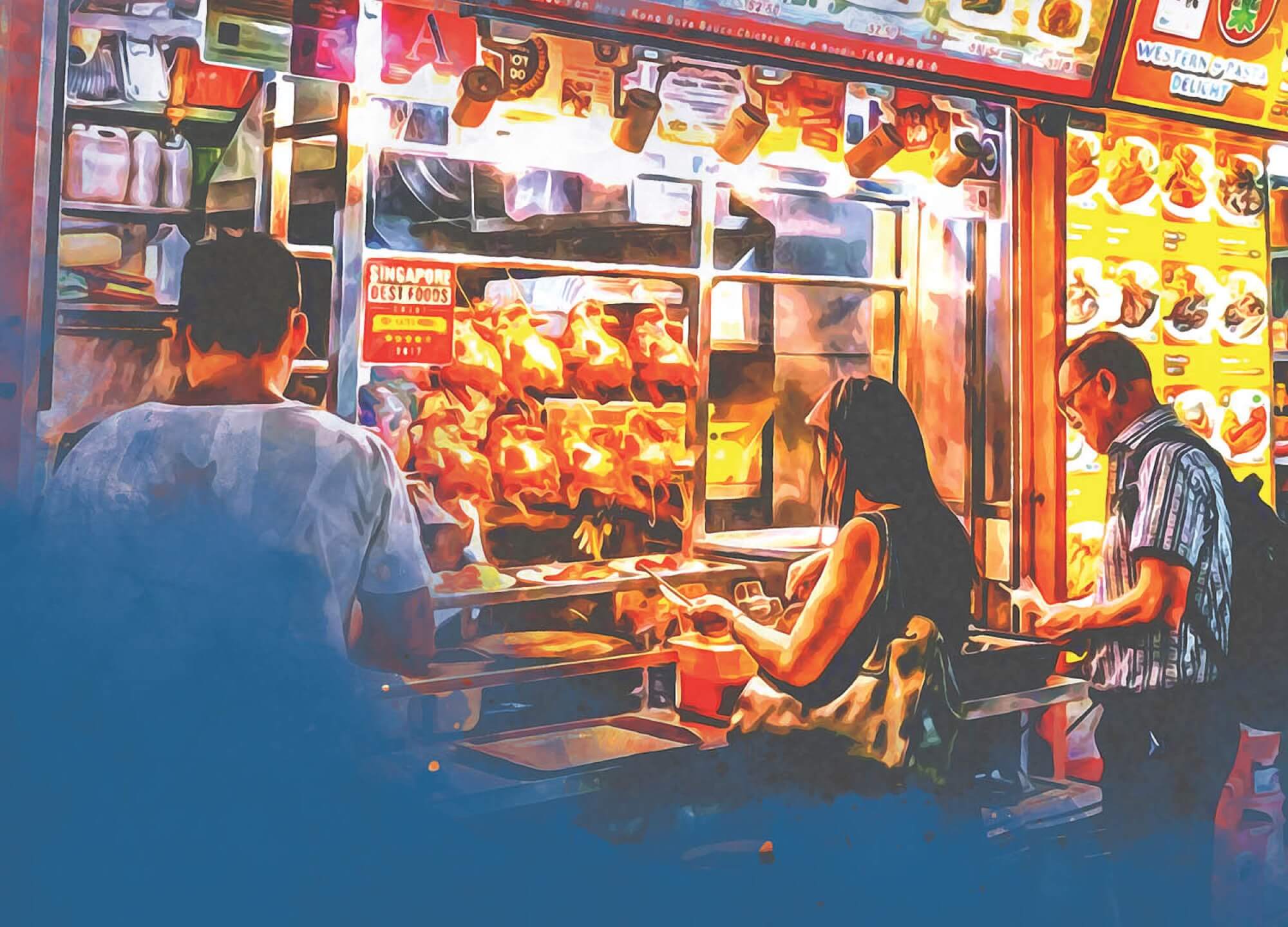
Singapore
- Hawker culture
Hawker centres serve as community dining rooms where people from diverse backgrounds gather and share the experience of dining over breakfast, lunch, and dinner.
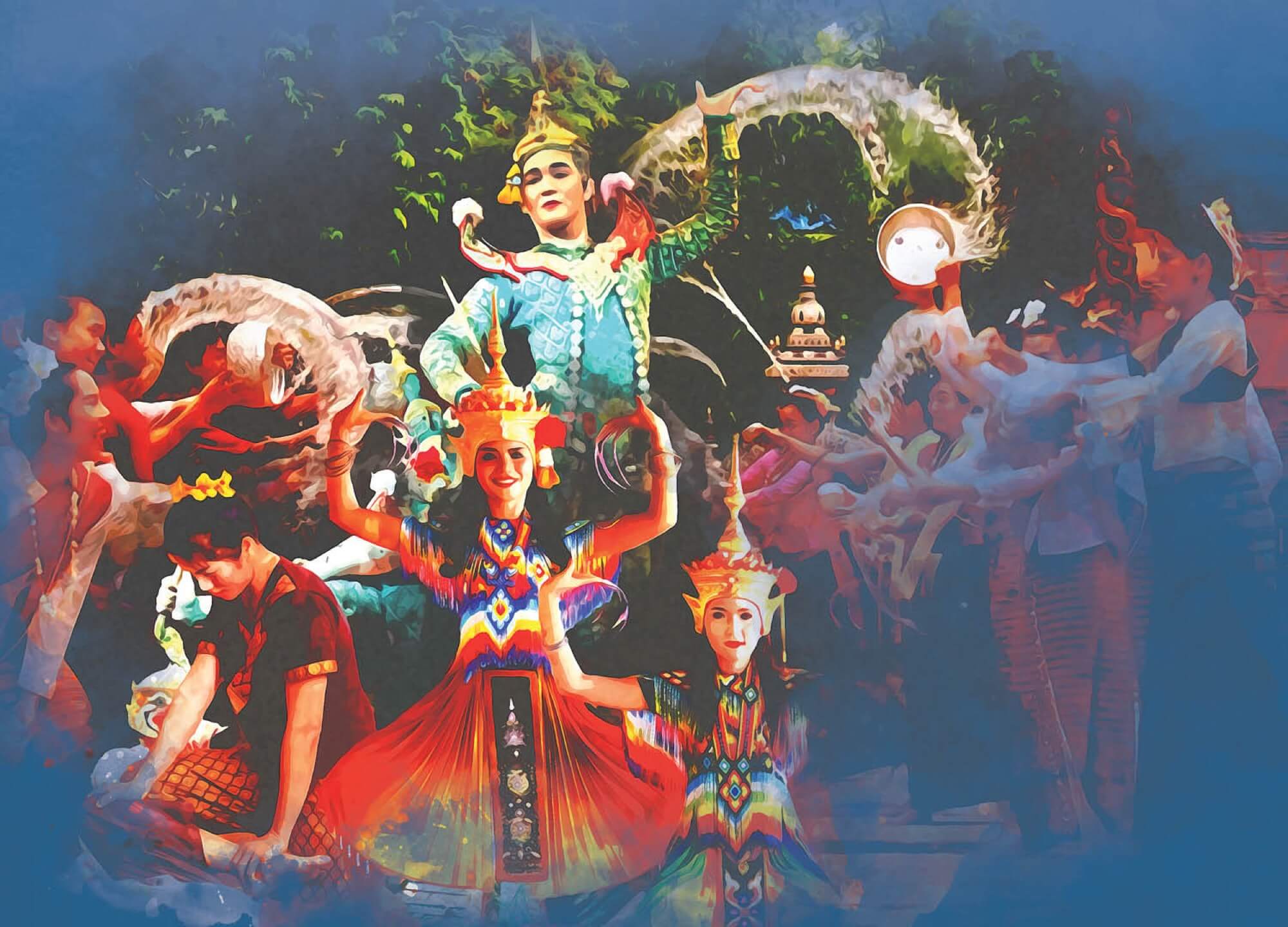
Thailand
- Nora, dance drama in southern Thailand
Nora is a lively and acrobatic form of dance theatre, with improvisational singing, that tells stories based on the former lives of Buddha or about legendary heroes.
- Nuad Thai, traditional Thai massage
Nuad Thai involves bodily manipulation in which the practitioner helps rebalance the patient’s body, energy, and structure to treat illnesses believed to be caused by the obstruction of energy flow.
- Khon, masked dance drama in Thailand
Khon is a performing art combining musical, vocal, literary, dance, ritual, and handicraft elements to depict the glory of Rama, the incarnation of the god Vishnu, who brings order and justice to the world.
- Songkran in Thailand, traditional Thai New Year festival
Songkran, celebrated in mid-April after the rice harvest, is an occasion for Thai people to reunite with their families and pay their respects to older adults, ancestors, and sacred Buddha images.
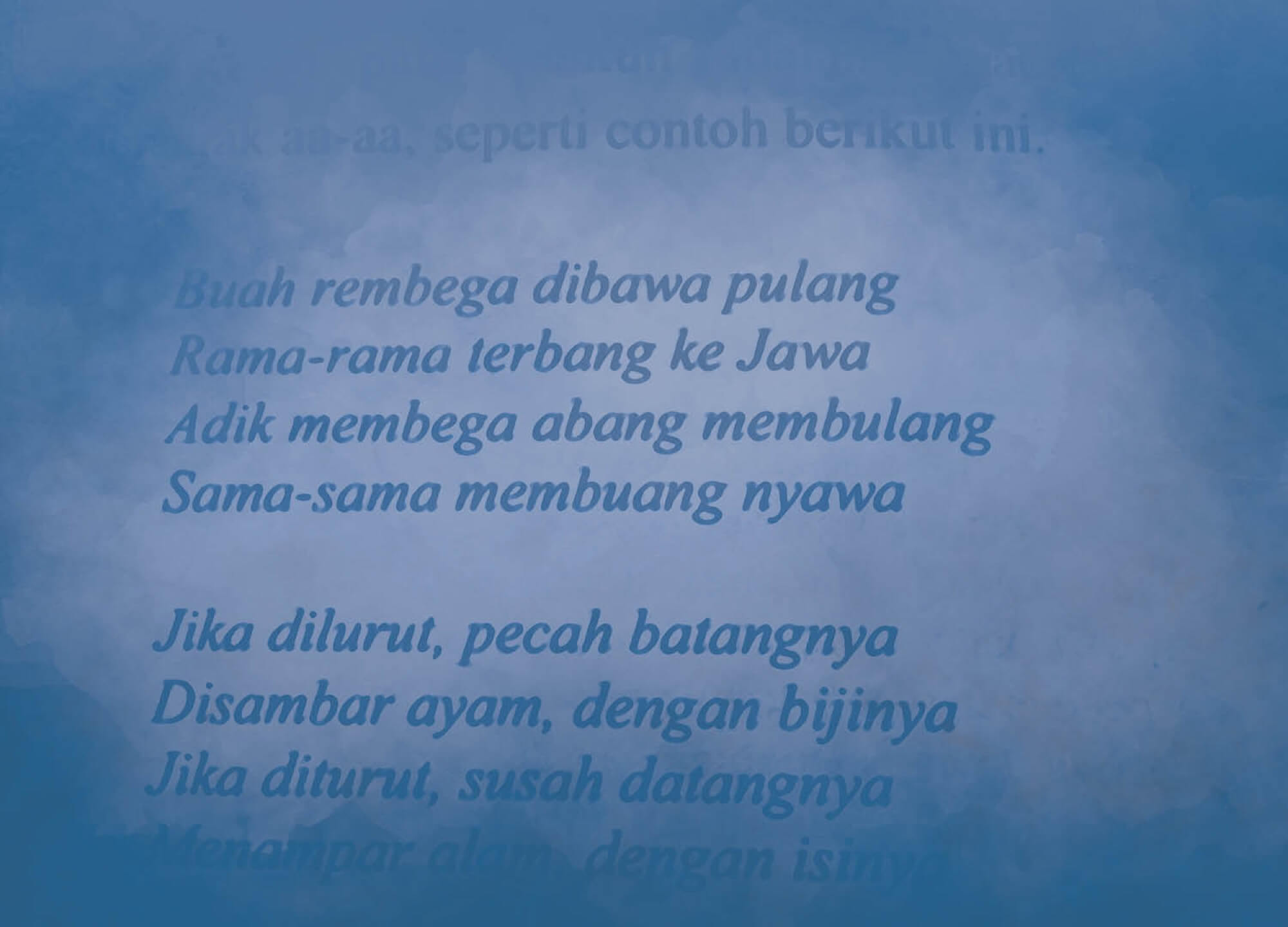
Multi-country
Indonesia-Malaysia
- Pantun
Pantun is a form of Malay verse, prevalent in maritime Southeast Asia for at least 500 years, that focuses on themes such as love, family, community, and nature.
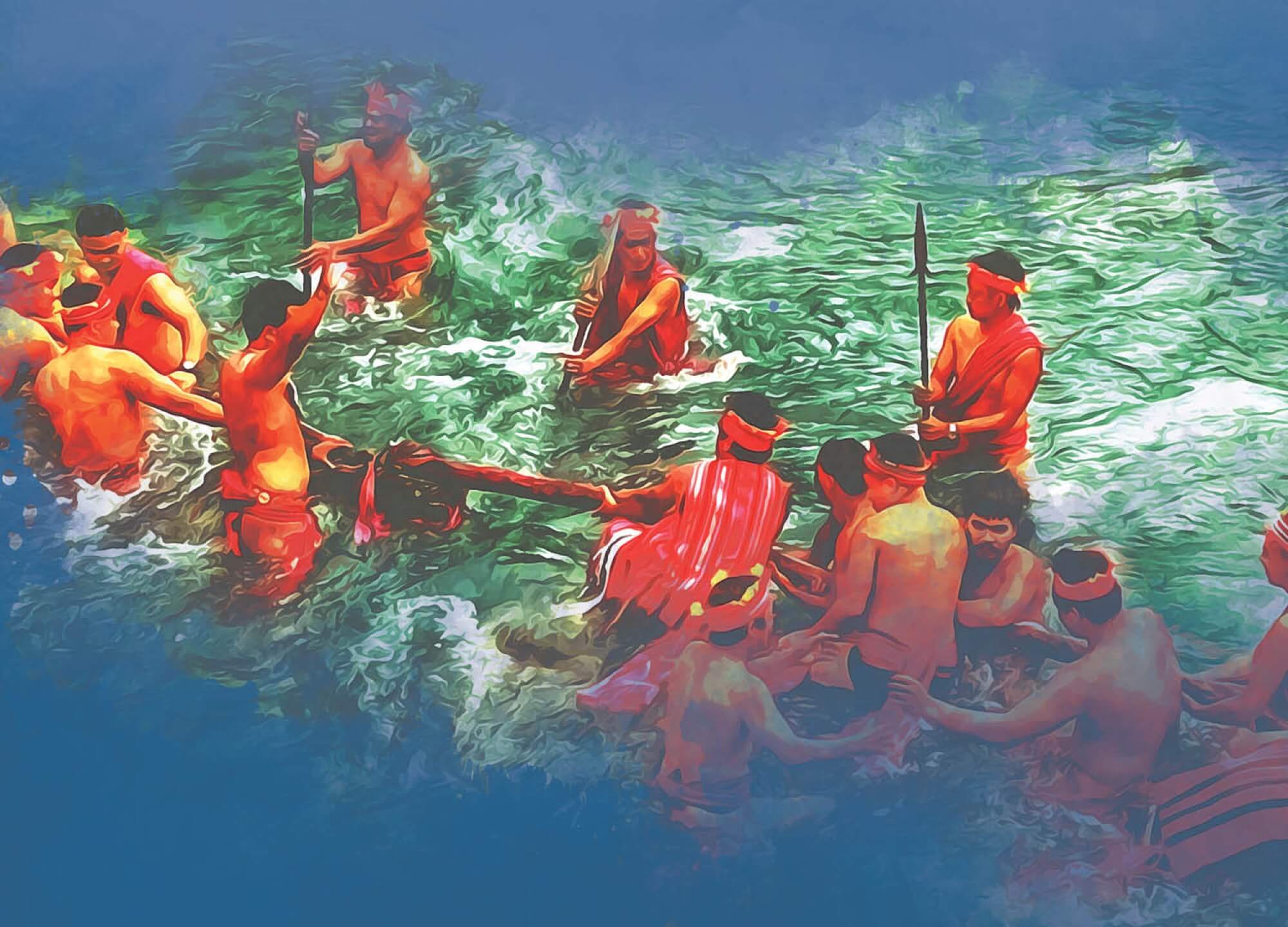
Multi-country
Cambodia-Philippines-Viet Nam-Republic of Korea
- Tugging rituals and games
Tugging rituals and games are enacted in the rice-farming communities of East Asia and Southeast Asia, promoting social solidarity, providing entertainment, and marking the start of a new agricultural cycle.
Source: UNESCO. (n.d.). Lists of Intangible Cultural Heritage and the Register of Good Safeguarding Practices (as of 2023). Retrieved from https://ich.unesco.org/en/lists



